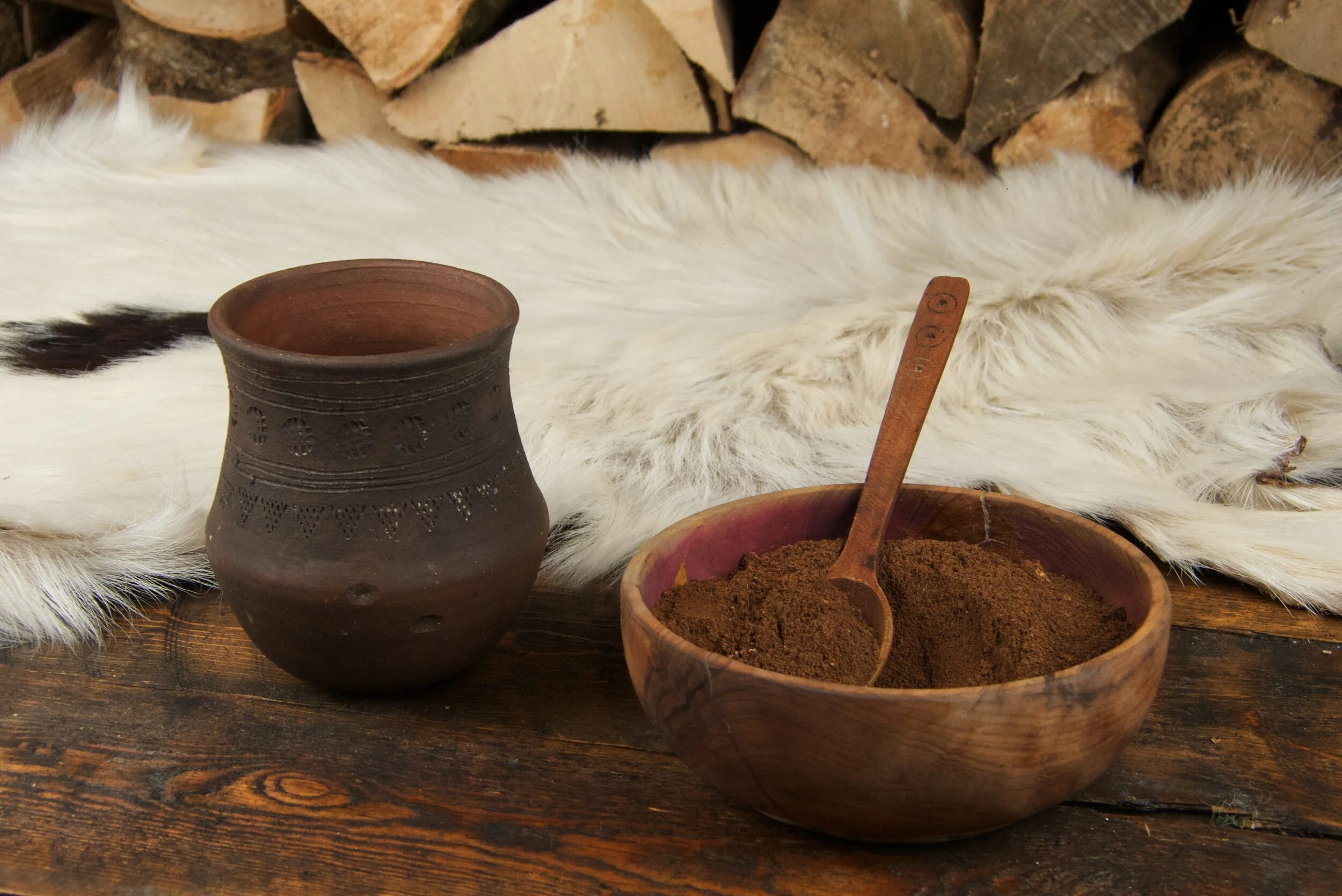Ingredients:
• 750g strong bread flour
120g sugar
Handful of sultanas
• 12g salt
20g bread yeast
• 100g Butter (melted)
450ml warm milk
Ground cinnamon
125g Icing sugar
15ml Lemon juice
Purple, green and yellow food colouring
Method:
Mix the flour, sugar, sultanas and salt together in a large bowl.
Add the yeast and the butter. Slowly add a little milk at a time, while mixing together with your hands to form a sticky dough.
Tip out onto your worktop and knead for a few minutes.
There are various ways to knead your dough, I like to stretch it out, then roll it back in, and give it a 90 degree turn, before stretching it out again.
Cover with a damp cloth and leave to prove for about 2 hours. Lightly dust your work surface with a little flour and roll out the dough to form a rectangle a quarter inch thick.
Sprinkle a good layer of cinnamon evenly over the surface and roll the dough up to form a sausage.
Place into a greased and floured bundt tin, making sure the 2 ends meet. Seal the join with a little oil or water. Leave to prove for a further 30 minutes.
Meanwhile, preheat the oven to 180 degrees Celsius.
Put the cake into the oven and cook for about 40 minutes, Remove from the oven and upturn to remove the cake from the tin.
Mix the icing sugar with the lemon juice and divide into 3 equal portions. Add the food colouring to the icing and drizzle over the cake.
Leave to cool fully before cutting.






